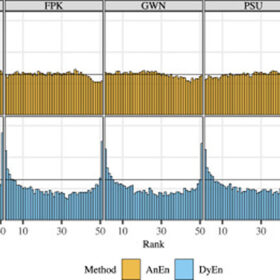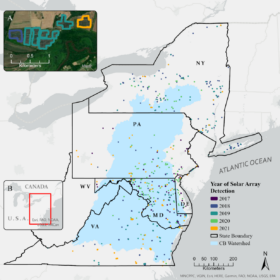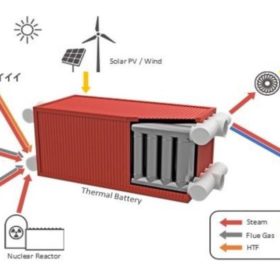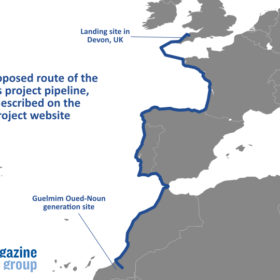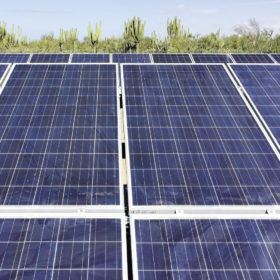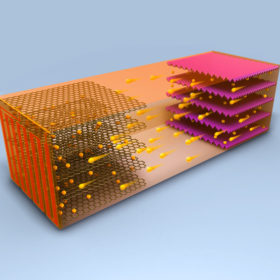Ensemble techniques for solar energy forecasts
A Chinese research group has sought to understand the relative performance of two weather prediction techniques based on ensemble modeling for solar energy forecasts. The scientists applied the two methods in combination with three classical post-processing methods.
Solar buildouts mapped to determine impact on biodiversity in US largest estuary
A group of researchers and data scientists from the Chesapeake Conservatory studied the construction of solar energy facilities in states surrounding the Chesapeake Bay Watershed and found that solar developments on already cultivated land did not adversely impact biodiversity.
New thermal battery offers fast, efficient performance at low cost
US engineers have built a scalable thermal energy storage prototype system that combines the best latent and sensible heat transfers. The technology, which is now market-ready after three years of testing, consists of engineered cementitious materials and thermosiphons in a combination that enables fast, efficient thermal performance at low cost.
Next year will bring micro and mega grids
This year has witnessed upheaval in the global energy system as inflation, geopolitical conflict, and the reality of a changing climate continue to drive the transition to cleaner energy. Next year, these trends are likely to continue and accelerate as renewable energy adoption continues to grow and the inextricable link between energy security and national security is increasingly recognized. Alan Greenshields, of US-based iron-salt flow battery maker ESS Inc, offers four predictions for 2023.
Repowering solar plants for need – or bigger returns
Alencon’s silicon carbide-based String Power Optimizers and Transmitters enable the repowering of solar plants which need to replace 600 V inverters with newer 1,000 V or 1,500 V gear, or for project owners who wish to maximize electricity generation at aging and imperfect facilities with creative engineering techniques.
Charging an electric vehicle in 10 minutes
Scientists from Penn State University have developed a self-heating battery for electric vehicles which is said charge in only 10 minutes at 60 degrees Celsius.
Pennsylvania’s largest solar farm to power Philly government buildings
The 70 MW Adams solar farm will be by far the largest in the state when completed in 2020 and its electricity will power 22% of the demand from Philadelphia government buildings.
